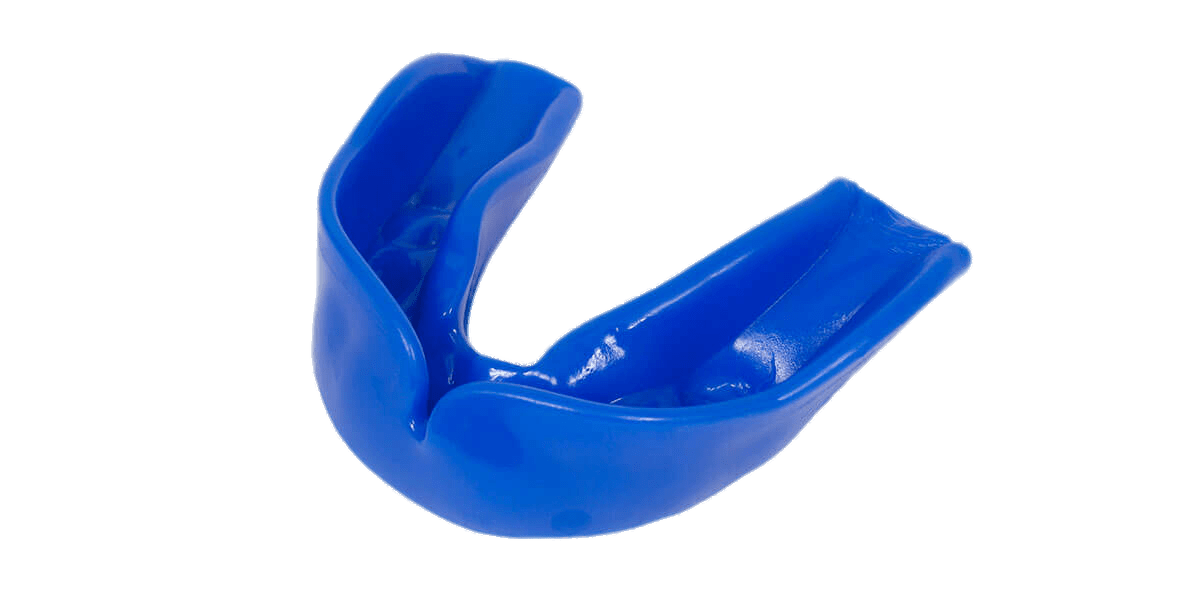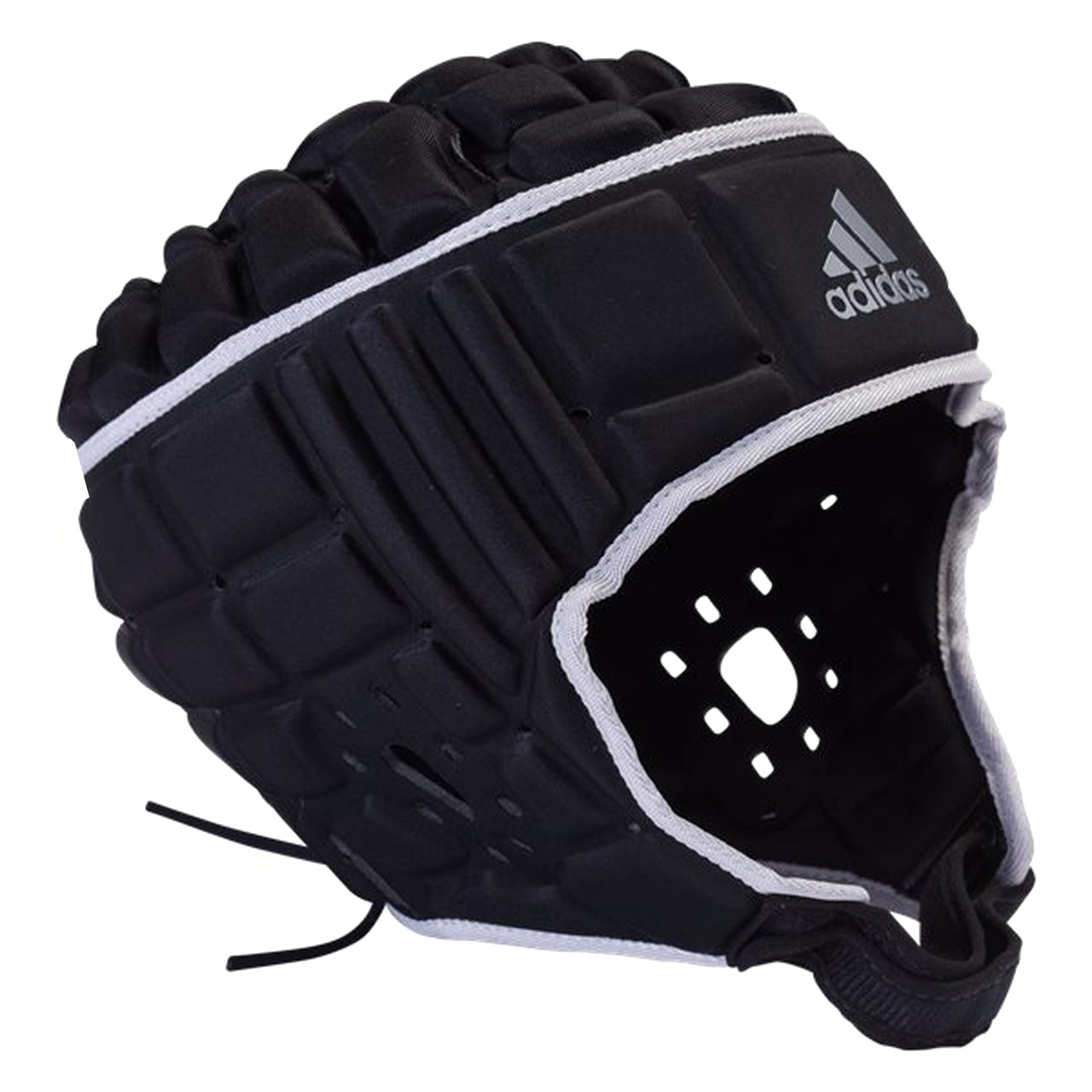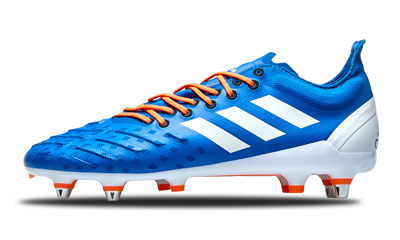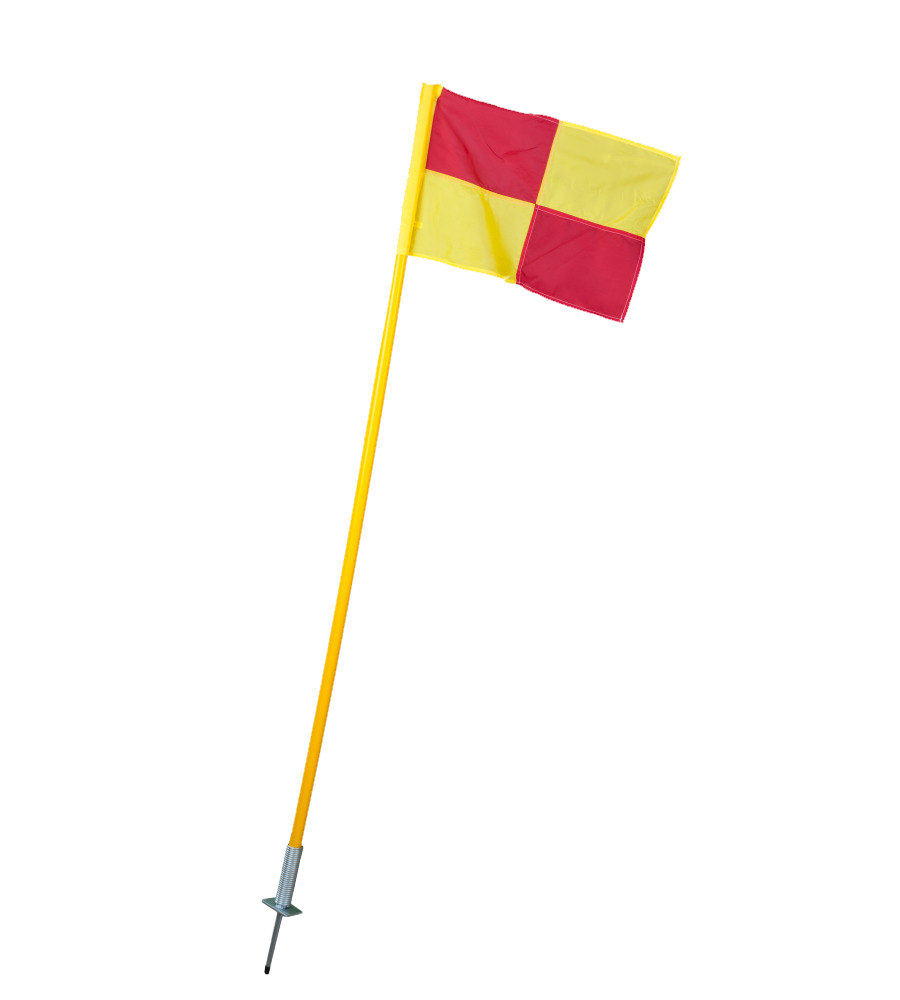- Rugby Toolbox
- RugbySmart
- RugbySmart information
- Equipment and Environment
Equipment and Environment
MOUTH GUARDS
It is compulsory for all players to wear mouthguards during matches and strongly recommended to also wear during trainings.
Mouthguards should fit, and stay in place to spread impacts evenly and absorb energy. The right material and thickness go a long way to keeping your teeth safe, and protecting the surrounding soft tissue. This can even prevent a broken jaw.
However, mouthguards are 100 percent useless if they are left at home, in bags or tucked into socks. Wear them at trainings and games.
IF THEY DON'T FIT PROPERLY THEN DO SOMETHING ABOUT IT.
PADDED EQUIPMENT AND HEADGEAR
Research shows that padded equipment helps reduce the number of minor injuries like bruises, cuts and abrasions. However, it does not protect against major injuries. Pads should also not be worn to protect existing injuries before they are fully recovered.
FOOTWEAR
Footwear should be in good condition and appropriate for the playing surface. Studs or cleats must not be longer than 21mm, and must not have any  burring or sharp edges.
burring or sharp edges.
THE PLAYING ENVIRONMENT
"Providing a safe environment for players is a no brainer".
CHECK YOUR ENVIRONMENT
We have developed a check list to help identify and eliminate hazards.
The rugby environment includes not only the weather but also the facilities, surfaces and equipment that are being used. Make sure you assess all these factors before play or training starts.
CHECK YOUR TRAINING/GAME DAY FIELD
FIELD
- Are the facilities large enough for play/training?
- Make sure that perimeter fencing, and advertising boards are not too close to the playing area.
- Make sure spectators and vehicles are well away from the playing area, which is roped off.
CHECK THE PLAYING SURFACE
- The ground should be level and free of holes.
- There should be no exposed sprinkler heads.
- There should be no broken glass, rubbish or stones.
- If possible, excessively muddy and boggy areas are avoided.
- Artificial surfaces should be free of surface water and debris such as sand, gravel and leaves.
CHECK THE EQUIPMENT YOU ARE USING
- Goal posts should be padded.
- Corner flags should be placed properly and should flex on impact.
- Marker flags need to have flex on impact with no sharp edges.
- Scrum and ruck machines are in good condition and well-maintained. When not in use – stored away from where children cannot play on them.
PLAYERS, COACHES AND REFEREES NEED TO BE PREPARED FOR THE WEATHER.
- Players need to wear adequate clothing during warm-up and cool-down.
- Players (especially younger players) should consider if they need to wear polypropylene under the team uniform to reduce heat loss in cold weather.
- During wet and/or windy weather players need to wear waterproof or windproof tracksuits during training sessions and before and after a competition.
- If it’s hot and humid additional water breaks should be considered.